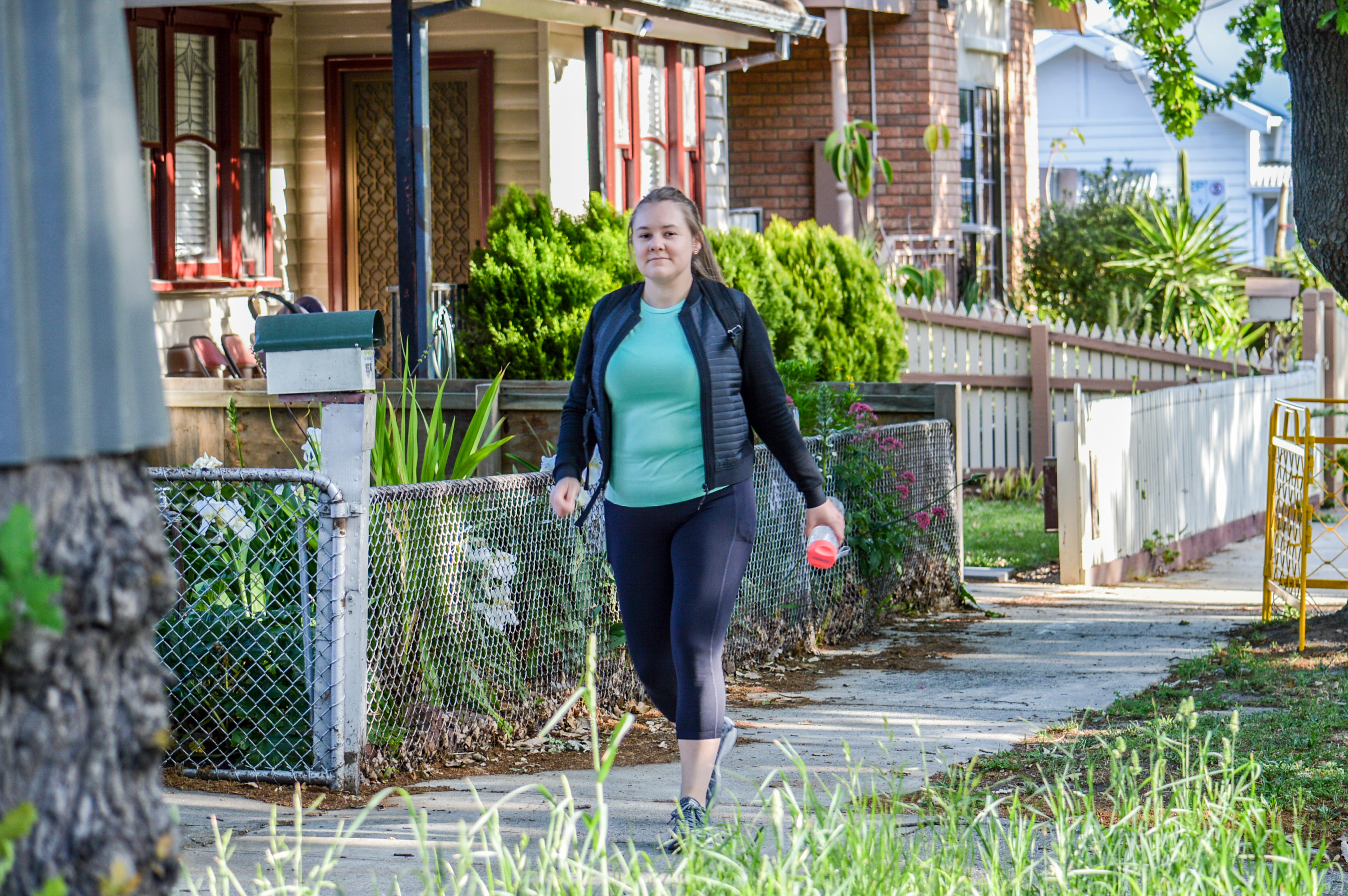Victorian Walking Survey 2021

Victoria Walks conducted the Victorian Walking Survey to hear from people about walking, 20-Minute Neighbourhoods and potential government action.
Victoria Walks commissioned Bartley Consulting to design and report on the survey. A total of 2,372 Victorians of voting age completed it in November and December 2021. This was made up of two groups:
- A commercially sourced panel of 809 Victorians that was representative of the broader community with respect to age, gender and home location (Melbourne and regional Victoria).
- The sample size was boosted by promoting the survey to the broader community with support from councils and other organisations like RACV, resulting in a further 1,563 participants.
Across the total sample, 64% of respondents are female. This high level of interest reflects the importance of walking to women. For example, 64% of women aged 35 to 59 walk for recreation most days (four or more times per week). More generally, most people (73%) rely on walking for at least some of their travel.
The survey quantifies the higher rates of walking observable during the pandemic. Approximately one quarter of people (24%) indicated they were walking more compared to the period before COVID-19 lockdowns. As we emerged from pandemic restrictions, our appreciation of walking continued to grow: 15% of people indicated they were walking more compared to the last lockdown of 2021.
Developing 20-Minute Neighbourhoods will see improved walking access to shops, jobs education and recreation. This is the type of community that most people want to live. Two-thirds of people said “being able to do most of what you want to do within 20-minute walk from home” was important or extremely important to them.
The most commonly identified barriers to walking related to poor footpath maintenance (raised by 59% of all survey participants) and main road crossings (55% of participants).
When asked “which of the following would help you walk more in your local area?” the highest rating responses were:
- Improving footpaths (49%)
- Providing separate walking paths from bike paths (46%)
- Building footpaths where they are missing (44%), and particularly for Regional Victorians (57%)
- More or better paths in parks or along waterways (44%)
- More street trees (41%).
Most survey participants believe the government should provide pedestrian facilities to improve walking in their local area. Better access to shops (75% support for government action) and schools (72% support) were the highest ranked activities.
In relation to speed limits, there was particularly strong support for:
- Safer speeds on main roads – 54% agree or strongly agree, while only 15% disagree or strongly disagree
- 40-kilometre speed limit in typical residential streets (55% support, 25% oppose).
The survey results were used to help develop Investing in Walking – a step forward for Victoria’s environment, economy and health, Victoria Walks’ proposals for government action.